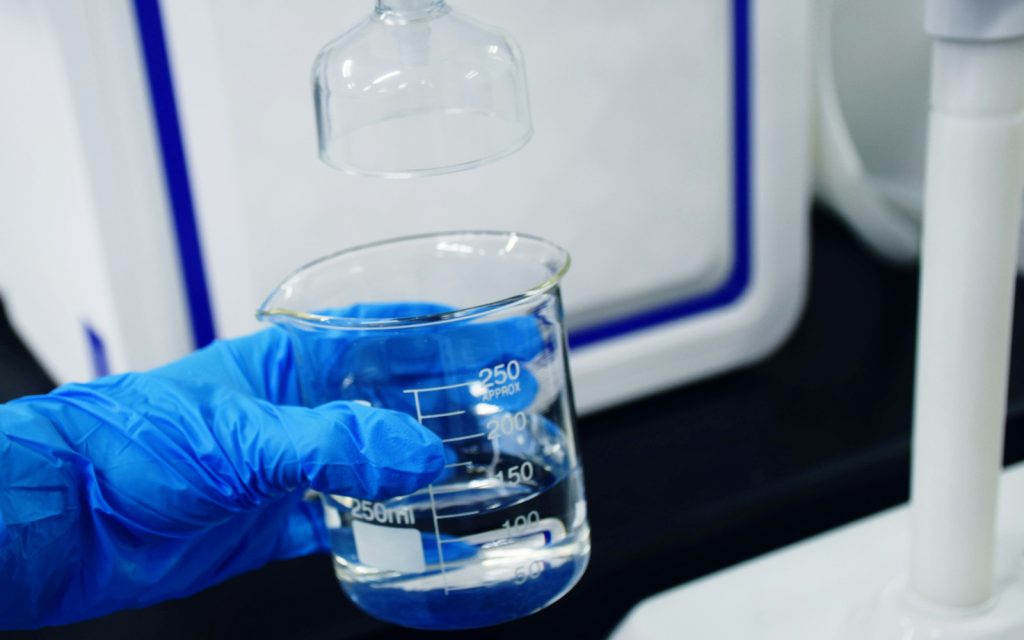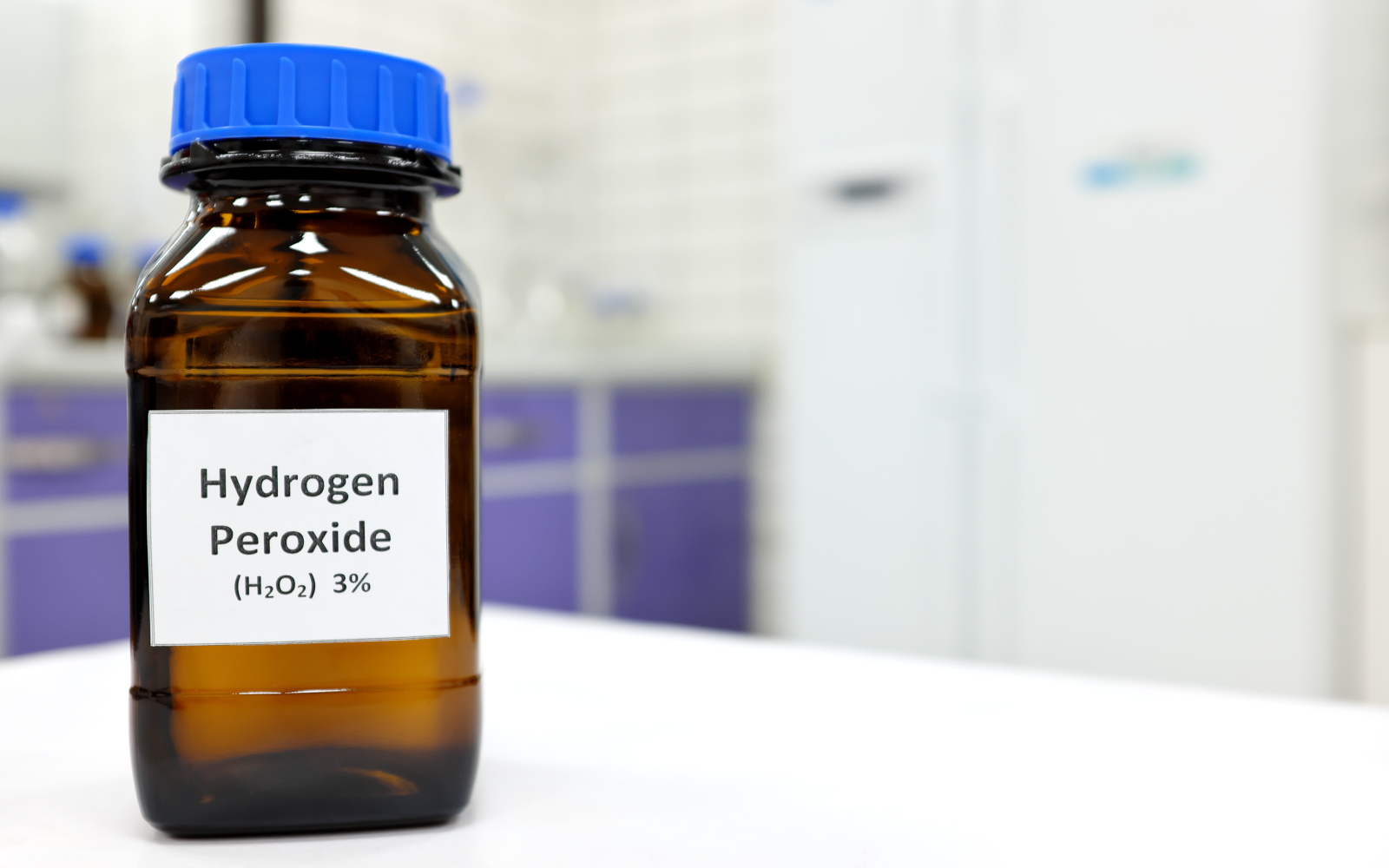Hydrogen peroxide (H2O2) is a widely used chemical known for its strong oxidizing properties. While it is commonly utilized in various industries, hydrogen peroxide can be hazardous, especially at high concentrations.
This article explores the potential dangers of H2O2 gas leaks, its industrial applications, safety precautions, and best practices for managing such incidents. The goal is to provide safety managers, industrial hygienists, and other professionals with critical information to mitigate the risks associated with H2O2.
Common Industrial Uses of Hydrogen Peroxide
Hydrogen peroxide is versatile and used across multiple industries. Key applications include:
- Chemical Manufacturing: Utilized as a bleaching agent and in the production of other chemicals.
- Water Treatment: Employed in wastewater treatment and as a disinfectant.
- Textile Industry: Used for bleaching fabrics and textiles.
- Pulp and Paper Industry: Applied in the bleaching process for paper production.
- Food Industry: Used as a disinfectant and sterilant.
- Pharmaceuticals: Involved in the production of certain drugs and as an antiseptic.
Despite its wide range of applications, hydrogen peroxide poses several risks, particularly at concentrations above 30%.
The Hazards of H2O2 Gas
Hydrogen peroxide can be hazardous in both liquid and vapor forms. The primary risks include:
- Oxidizing Properties: H2O2 is a powerful oxidizer and can react violently with organic materials and other chemicals, potentially causing explosions or fires.
- Respiratory Irritation: Inhalation of H2O2 vapors can cause irritation of the respiratory tract, leading to coughing, shortness of breath, and pulmonary edema.
- Eye and Skin Irritation: Contact with H2O2 can cause severe irritation, burns, and, in high concentrations, permanent damage to the eyes and skin.
- Toxicity: Ingestion or exposure to high concentrations of H2O2 can lead to systemic toxicity, causing symptoms such as abdominal pain, vomiting, and, in extreme cases, death.
Exposure Limits and Regulations
To protect workers from the hazards of H2O2, various regulatory bodies have set exposure limits:
-
OSHA (Occupational Safety and Health Administration):
- PEL (Permissible Exposure Limit): 1 ppm (8-hour TWA)
-
NIOSH (National Institute for Occupational Safety and Health):
- REL (Recommended Exposure Limit): 1 ppm (8-hour TWA)
- IDLH (Immediately Dangerous to Life or Health): 75 ppm
-
ACGIH (American Conference of Governmental Industrial Hygienists):
- TLV (Threshold Limit Value): 1 ppm (8-hour TWA)
Safety Measures and Best Practices

Managing hydrogen peroxide safely requires a comprehensive approach. Key safety measures include:
1. Fixed Gas Detection Systems:
-
- Continuous Monitoring: Fixed gas detectors can monitor vapor levels, providing early warnings in the event of a leak.
- Alarms: Audible and visual alarms alert personnel to evacuate or take necessary precautions.
2. Personal Protective Equipment (PPE):
-
- Appropriate PPE, including chemical-resistant gloves, goggles, face shields, and protective clothing, is essential when handling H2O2. Respiratory protection may also be required.
3. Proper Storage and Handling:
-
- Hydrogen peroxide should be stored in appropriate containers and kept away from organic materials, reducing agents, and other incompatible substances. Proper ventilation in storage areas is crucial.
4. Emergency Response Plans:
-
- Detailed emergency response plans should include procedures for containment, evacuation, and first aid. Coordination with local emergency services is also essential.
5. Training and Awareness:
-
- Regular training on the hazards of hydrogen peroxide, proper handling techniques, and emergency procedures is crucial for all employees. Drills should be conducted to ensure preparedness.
Conclusion
Hydrogen peroxide is a valuable industrial chemical with a wide range of applications, but it poses significant risks if mishandled. Understanding its hazards and implementing robust safety measures, including gas detection systems, proper PPE, storage protocols, and comprehensive emergency planning, are vital for protecting workers and facilities.
By adhering to best practices and maintaining vigilance, industries can minimize the dangers associated with hydrogen peroxide exposure.
For more information on hydrogen peroxide safety and Interscan’s Accusafe and GasD 8000 detection systems, please reach out to us and request a quote today.


